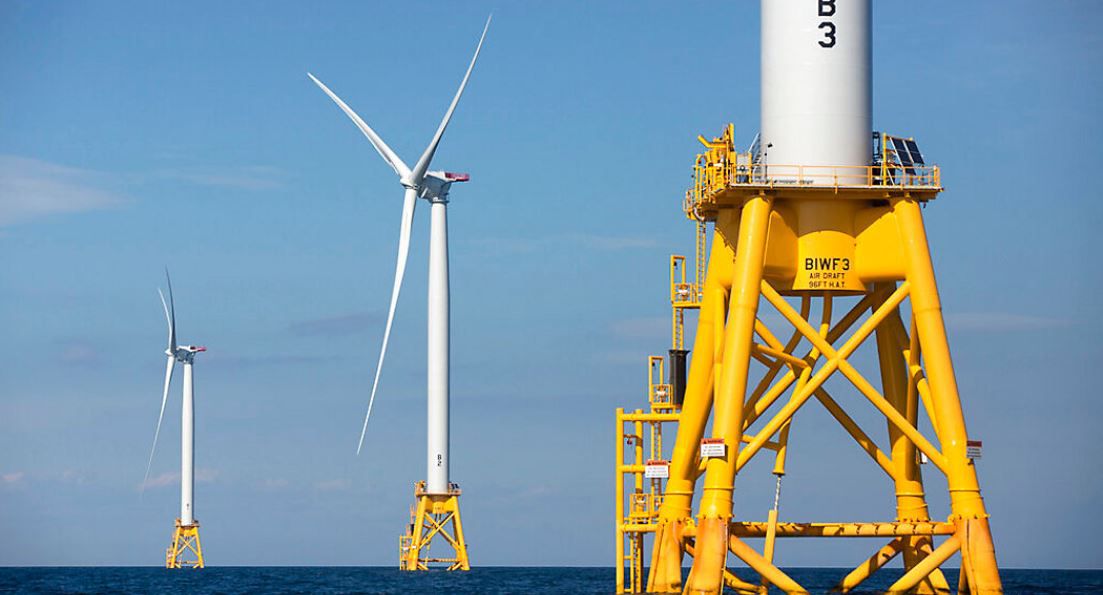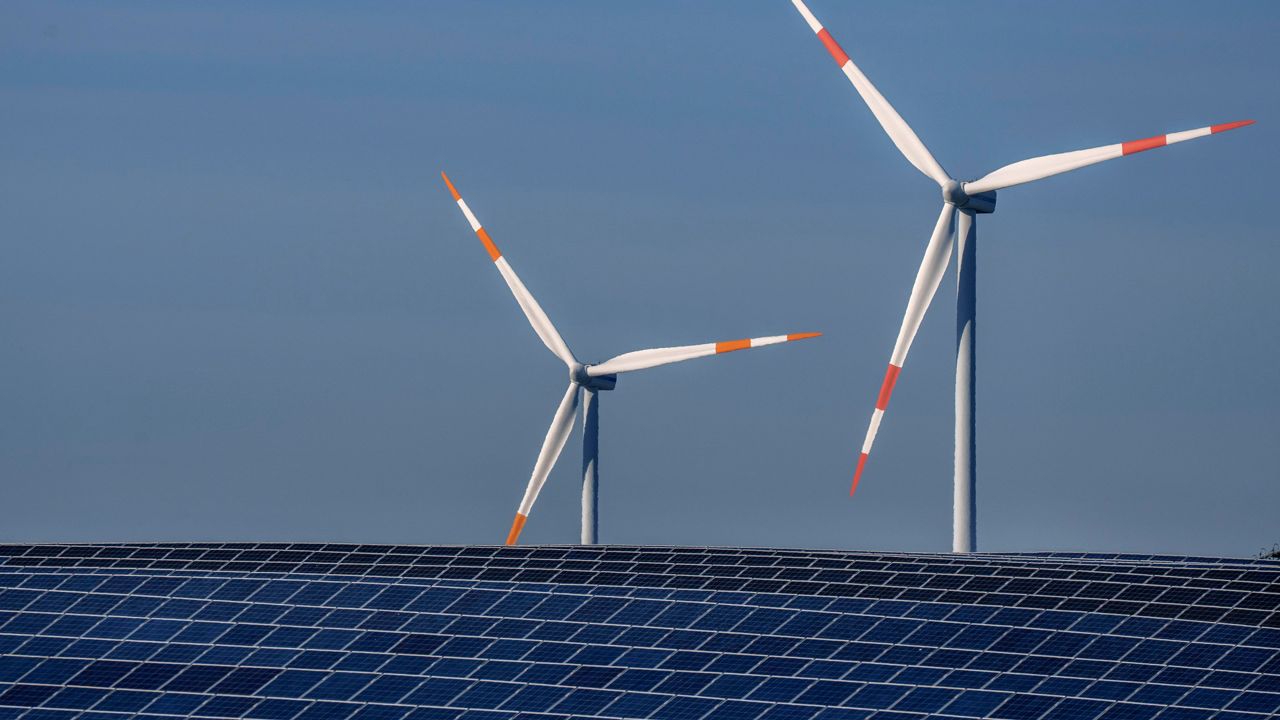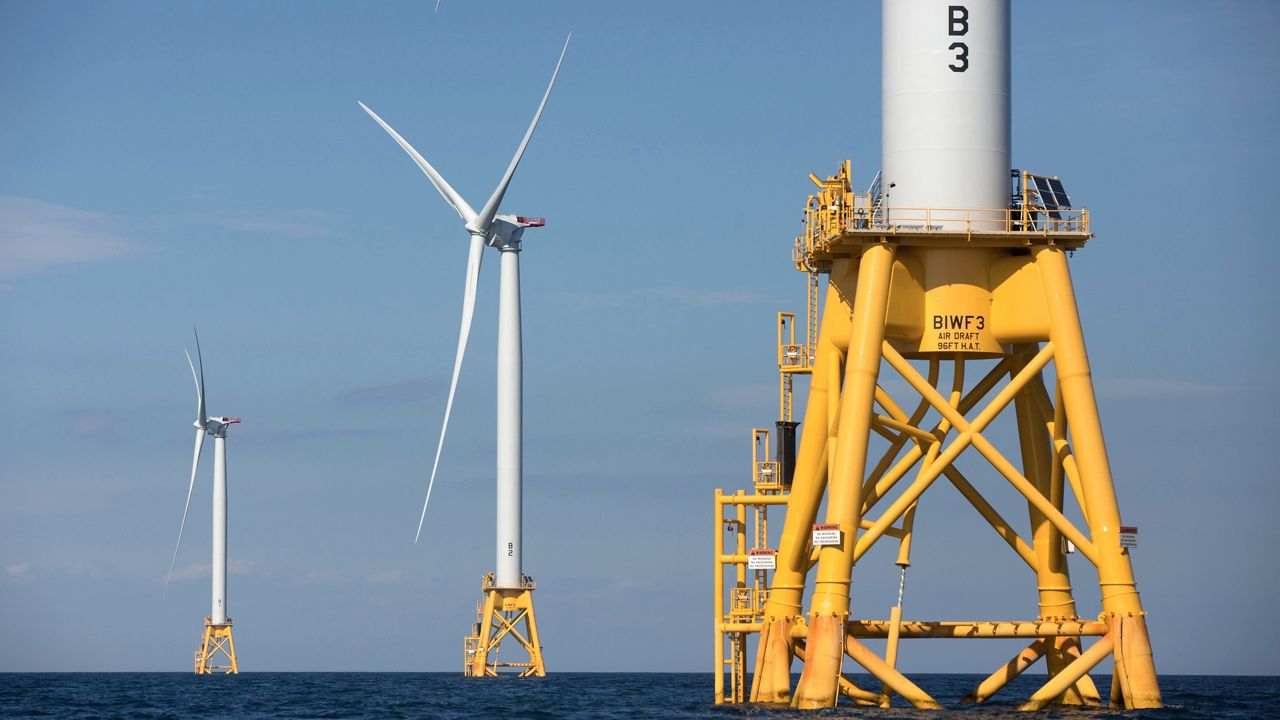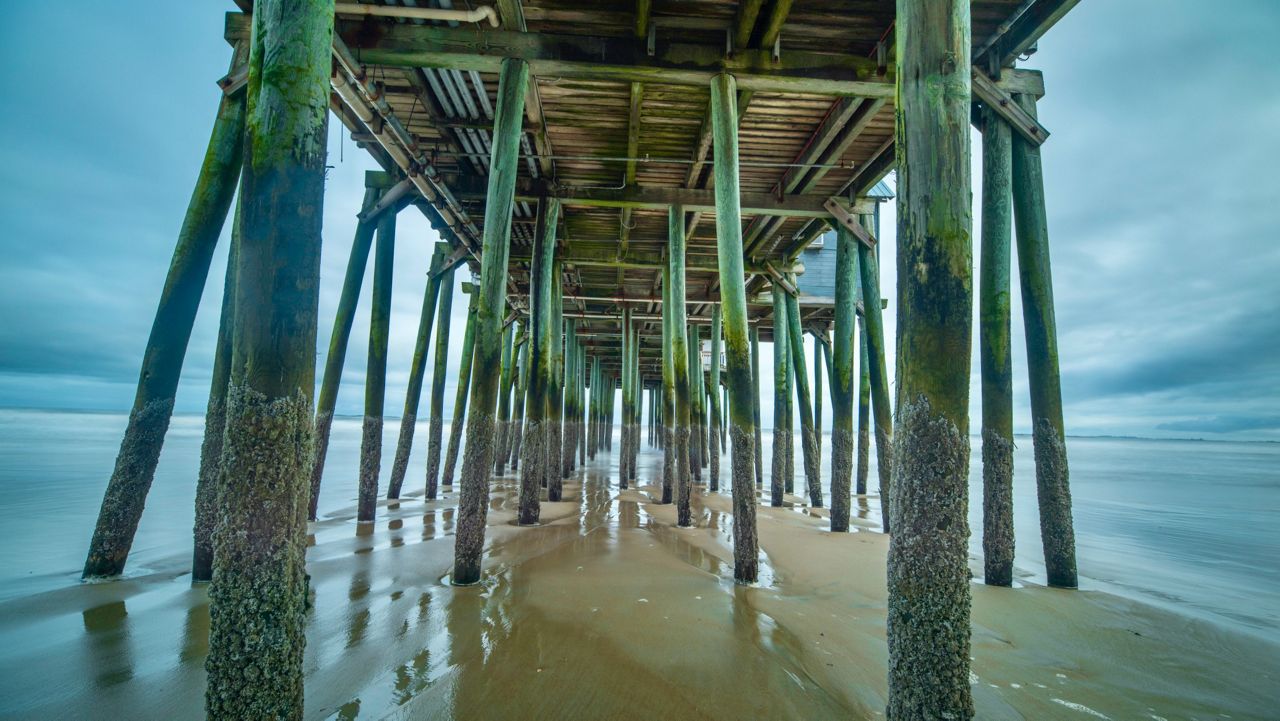Federal officials have set a May date for the second, long-awaited meeting of a key intergovernmental task force planning offshore wind development in the Gulf of Maine.
The group includes Maine, Massachusetts and New Hampshire, with representatives from a wide range of federal and local government agencies, tribal authorities, fishery managers, regional planning organizations and more.
The group has met only once before, in December 2019 at the University of New Hampshire. The start of the pandemic has delayed much of the group’s work, but wind advocates and government leaders in participating states have been calling for a second meeting to be held.
That meeting is now scheduled to take place virtually on May 19, hosted by the Bureau of Ocean Energy Management rather than the state of Maine, as previously planned.
Discussions will focus on the commercial planning process for leasing areas of the ocean to wind developers, and on what BOEM calls the “first step in the commercial planning process,” known as a Request for Interest. The meeting will also include updates on Maine’s application for a research project on floating turbine technology in federal waters, BOEM said.
The Gulf of Maine has some of the best wind energy potential in the country, but water depths where the winds are highest and most constant will likely mean turbines must be built on floating platforms instead of traditional fixed towers. The University of Maine has been pioneering this technology in the U.S., with active plans for research projects including in federal territory.
Development of the Gulf of Maine’s first full-scale offshore wind farms in federal waters, seen as a crucial means of reducing the region’s dependence on planet-warming natural gas and other fossil fuels, is expected to take roughly a decade.
The task force that will reconvene in May is responsible for planning where those wind farms might go, auctioning off parcels for development and approving projects for construction — all while hearing from stakeholders to ensure environmental protection and reducing conflicts with competing uses of the ocean, such as fisheries and shipping.
Similar task forces exist in many other coastal regions across the country. As part of its climate change plans, the Biden administration hopes to build 30 gigawatts of offshore wind in U.S. waters by 2030, potentially including the Gulf of Maine.
So far only one project has reached the construction stage – the 800-megawatt Vineyard Wind between Rhode Island and Massachusetts – but many more are in the queue.









